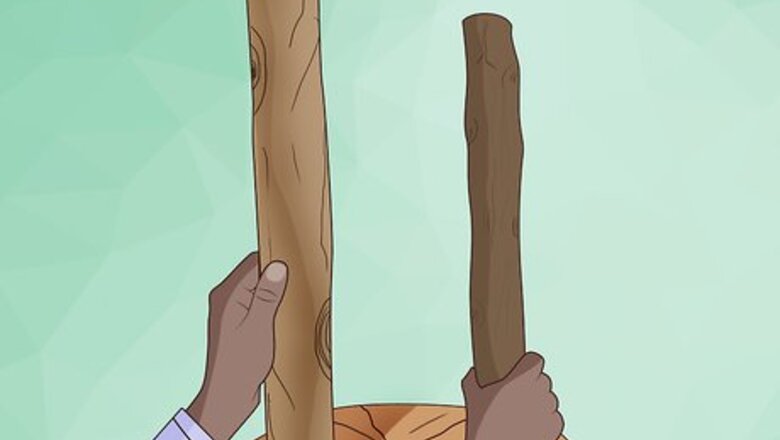
views
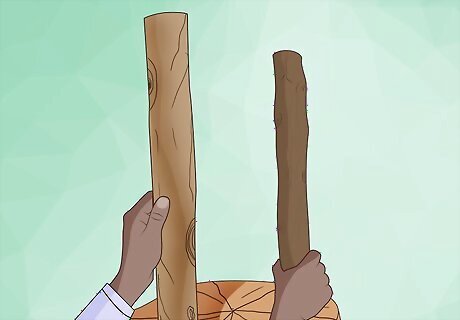
Determine the correct length of wood you need. It is recommended that you collect limbs that are equal to your height. This will give a starting stick longer than needed, but this allows for any mistakes made during the cutting. The typical default length for walking canes used for getting around normally in town is 36 inches, longer ones are often preferred for extended hiking.
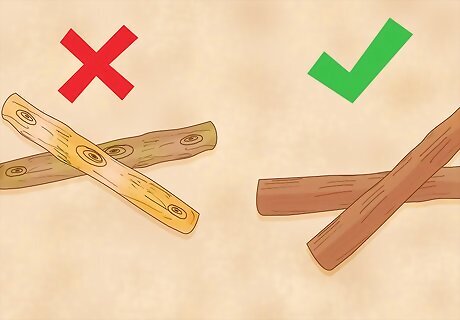
Know what wood to look for. It may be possible to cut at the thicker end just beyond a bend, curve or burl which serves as a hand grip and is highly decorative. Look for dead wood. An ideal walking stick should be stiff, and living wood may at first be too flexible. In addition, taking wood from a living forest may be environmentally damaging or even illegal in some locations. The wood from dead Aspen trees make beautiful smooth walking sticks.

Find a location to collect wood from. In the desert, some cactus trunks make great sticks. (Note - there are laws in some areas against collecting cactus limbs or trunks.) Do not go to your local park and start cutting away. There are laws against damaging public property. In some places it is considered vandalism (exception: you might get permission to trim away a dead branch). Find a forest or heavy wooded area. Be respectful of other people's rights. If you are in a fenced-in area, a lot or behind some one's home be careful. Do not trespass. Consider what may happen if you are reported. Get permission first. Some species of trees are protected. If taking wood from a live tree, try to collect only a dead branch, or one that is low enough to be a nuisance to persons walking nearby. Take from an area that could tolerate some thinning-- in fact, thinning even promotes growth of the saplings that are not collected. If possible leave a portion of the sapling with at least one branch with leaves.

Use a pocket saw to balded and cut around the limb.
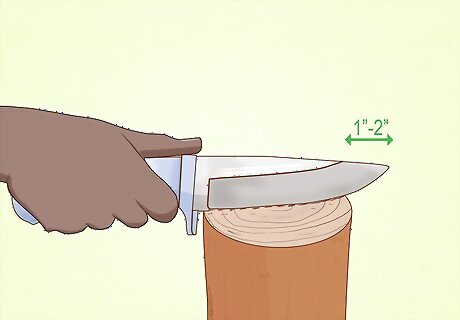
Cut completely around the limb first. Cut through it as straight as possible.

Use a ratchet pruner if preferred which can cut diameters up to more than an inch.

Remove the bark completely, or leave the second layer. The second layer of most bark looks pretty nice on most trees.
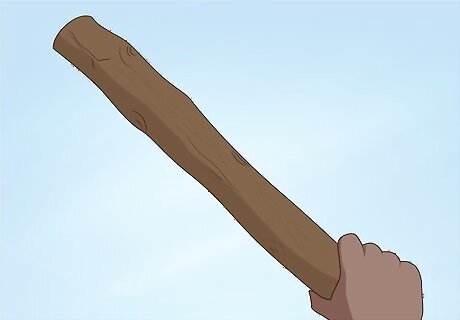
Shave off the bumps with a shaving plane if you removed the bark completely. This would be smart for a Handmade Bo staff (more comfort).

If you want to decorate it, do whatever you like. The tools for this will vary.

Seal it. Use oil base for Bo staffs and hiking sticks, this is your choice though. Always wear gloves when applying oil based sealer; it will dry out your palms.



















Comments
0 comment